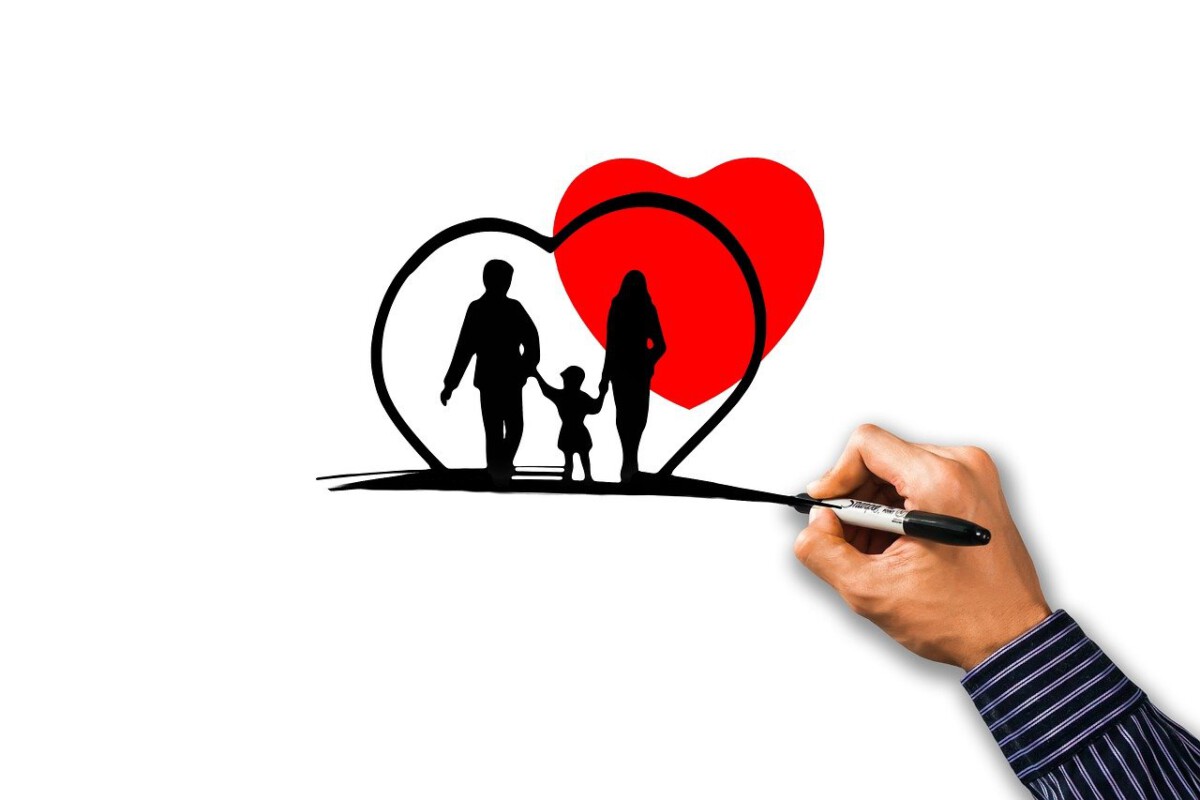
A Night of Violence Unfolds (Image Credits: Pixabay)
Chicago – Under the crisp November night sky, the heart of the city turned tense as gunfire shattered the calm, leaving a trail of fear and urgent voices rising from the crowd.
A Night of Violence Unfolds
Picture this: a festive tree-lighting event spirals into horror when shots ring out near the bustling Chicago Theatre. One teenager lost their life, and seven others, all between 13 and 17, suffered gunshot wounds. Hundreds of juveniles flooded the streets, clashing with police in what quickly became a chaotic scene in the Loop district.
Officers faced attacks too, with reports of mace and injuries adding to the mayhem. The violence didn’t stop there – a separate incident on a train left more people hurt. Local leaders scrambled as the city grappled with the fallout from this sudden eruption.
It’s a stark reminder of how quickly celebrations can turn dangerous in urban centers under strain.
Trump’s Response Lights Up Social Media
President Donald Trump wasted no time weighing in, pointing to videos and posts circulating online. He shared that amid the disorder, some Chicago residents were heard chanting “Bring in Trump,” a call for federal intervention to restore order. This claim quickly fueled debates across the political spectrum.
Social media exploded with support from some quarters, echoing sentiments of frustration with local handling. Posts urged sending in troops or federal aid, highlighting a growing divide on how to tackle urban crime. Trump’s words amplified these voices, turning a local tragedy into a national conversation.
Local Leaders Push Back Hard
Mayor Brandon Johnson, whose approval ratings hover low at around 14%, attributed the unrest to deeper systemic issues rather than immediate policy failures. He called for community solutions over outside interference. Governor JB Pritzker echoed this, rejecting any federal troop deployment as overreach and potentially unconstitutional.
Still, the refusal of federal help has sparked criticism, especially given past tensions over immigration crackdowns and disaster responses in the city. Protests have flared before against similar federal moves, showing Chicago’s resistance to outside control.
These stances reflect a broader clash between state autonomy and calls for stronger national involvement.
Linking Storms to Street Unrest
Recent devastating storms hit Chicago hard this summer, causing widespread damage that former FEMA officials say warranted federal aid. Yet, Trump declined to send disaster relief, a decision that’s now resurfacing amid the riot discussions. Some see a pattern in the president’s approach to the city, from weather woes to violence.
The hurricane-like impacts from those storms left neighborhoods reeling, straining resources that might have prevented escalations like this. With homicides down overall this year – 31% through August – isolated events like this one stand out even more.
- Storms caused enough destruction for past presidents to approve aid.
- Chicago’s violent crime dropped 23% year-to-date.
- Yet, refusal of help has deepened local-federal rifts.
- Social media ties weather fallout to current safety concerns.
- Debate grows on whether more federal presence could stabilize areas.
Broader Implications for Public Safety
This incident isn’t isolated; it ties into ongoing debates about immigration enforcement and National Guard deployments in cities like Chicago. Earlier protests drew thousands against Trump’s policies, chanting opposition to ICE and troops. Now, the narrative flips for some, with cries for the very help they once rejected.
Experts note that while overall crime trends improve, youth involvement in such events raises alarms about long-term solutions. Community programs and better policing could bridge gaps, but political posturing often overshadows them.
The real question lingers: can dialogue cut through the noise to prevent future tragedies?
Voices from the Ground
On platforms like X, reactions poured in fast. Users shared clips of the chaos, with some amplifying Trump’s take and others debunking exaggerated claims of a full-scale “riot.” One post highlighted the teen victims, calling for accountability over blame games.
Sentiment splits sharply – supporters of federal aid see this as proof of needed change, while critics warn against militarizing responses. It’s a microcosm of America’s polarized views on crime and governance.
These grassroots reactions keep the story alive, pushing for answers beyond headlines.
Key Takeaways
- Violence in Chicago’s Loop left one dead and eight injured, mostly teens.
- Trump highlighted chants for his intervention amid the unrest.
- Local officials resist federal help, citing systemic roots and autonomy.
In the end, this Chicago clash underscores how fragile peace can be in big cities facing layered challenges – from weather disasters to street violence. It calls for unity over division to protect the vulnerable. What steps do you think could prevent scenes like this? Share your thoughts in the comments.





